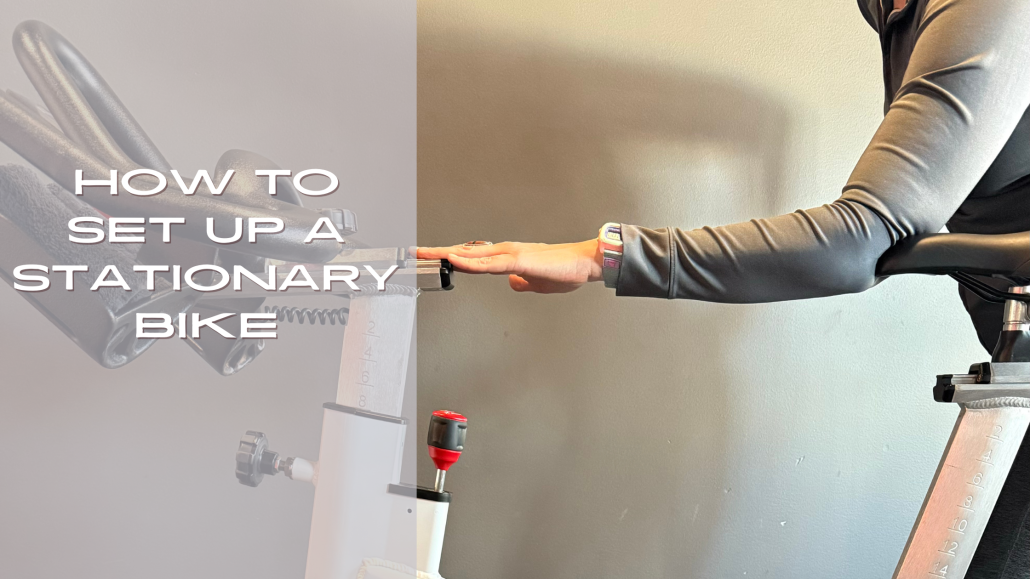How to Set Up a Stationary Bike
Setting up a stationary bike correctly can completely change how your indoor ride feels. When your bike is adjusted well, you’ll feel more stable, more powerful, and far less strained in your knees, hips, and lower back. A proper setup doesn’t just make the ride more comfortable—it helps you get more out of every minute on the bike.
Start with the seat height.
A simple way to find a good starting point is to stand next to the bike and bring the seat to about hip height. When you’re seated and pedaling, your leg should have a slight bend at the bottom of the pedal stroke. If the seat is too low, your knees will feel compressed and overworked. If it’s too high, your hips may rock side to side and you’ll lose stability and control.
Next, adjust the seat forward or back. This setting is often overlooked, but it makes a big difference in how balanced you feel on the bike. When your feet are on the pedals, your knees should feel stacked comfortably over the middle of your foot—not drifting too far forward or pulling too far back. If you feel like you’re constantly pushing yourself away from the handlebars or collapsing into them for support, your seat likely needs a small adjustment.
Handlebar height is about comfort, not intensity.
If you’re newer to cycling or returning after time away, it’s completely appropriate for the handlebars to be slightly higher than the seat. This allows you to breathe fully and keep your chest open without tension in your neck or shoulders. As you gain confidence and strength, you may choose to lower them slightly, but there’s no benefit to forcing a position that feels restrictive.
Foot placement matters more than people realize.
Aim to place the ball of your foot over the center of the pedal so your ankle can move naturally as you ride. Once you start pedaling, add enough resistance so the movement feels smooth and controlled rather than fast and bouncy. Resistance helps you stay grounded and supported, especially during standing or strength-focused sections of the ride.
One thing to remember is that not all bikes feel exactly the same.
Even within the same studio, small differences can exist. The good news is that once you understand what proper alignment feels like in your body, you can adjust almost any bike quickly and confidently. The goal is always the same: comfort, stability, and ease of movement.
If you’re ever unsure, ask your instructor for help before class begins. A quick adjustment can make a huge difference in how your ride feels, and there’s no expectation that you’ll have it perfect on your own. Cycling should feel strong and empowering—not awkward or strained.
When your bike is set up well, you’re free to focus on the rhythm, the breath, and the experience of the ride itself. That’s where indoor cycling becomes not just a workout, but something you actually look forward to.









